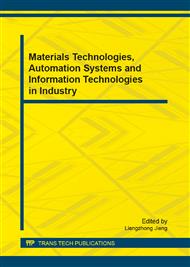p.81
p.85
p.91
p.97
p.102
p.108
p.113
p.120
p.126
Distribution Optimizing Model of Benefits of Wind Power, Thermal Power Baling Delivery
Abstract:
Wind energy curtailment to reduce wind power and solving wind power grid connected problem is the key element to increase wind power grid-connected and promote renewable energy development. Firstly, from the perspective of clean energy development ,utilization and increasing in wind farm investment income, this paper has analyzed the reason of wind energy curtailment, and summarized effective policies for the management of wind energy curtailment from all over the world. On this basis, this paper considered the loss of interest of thermal units during wind power peak regulation, in order to enhance the enthusiasm of thermal units to participate wind power and thermal power bale delivery, this paper has established wind power, thermal power bale delivery model of calculation of interest. From the numerical example, we conclude that after wind power and thermal power generation rights trading, the wind turbine will get higher revenue due to higher pool purchase price,while thermal power units are exposed to a loss because the tradeoff price is lower than the stake electrovalence.
Info:
Periodical:
Pages:
102-107
Citation:
Online since:
August 2013
Authors:
Price:
Сopyright:
© 2013 Trans Tech Publications Ltd. All Rights Reserved
Share:
Citation:


